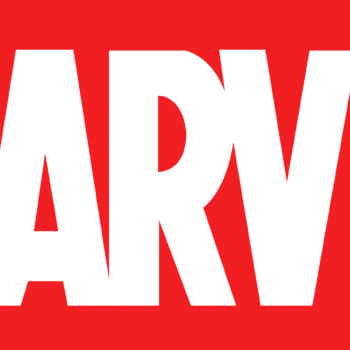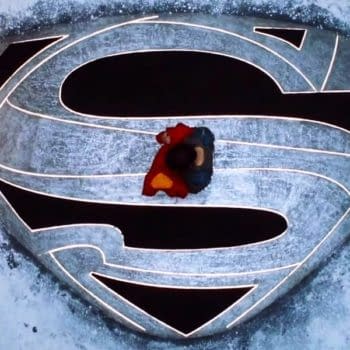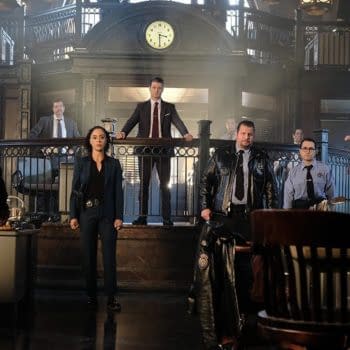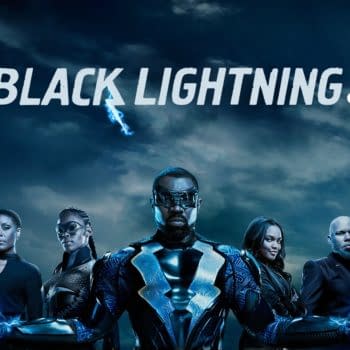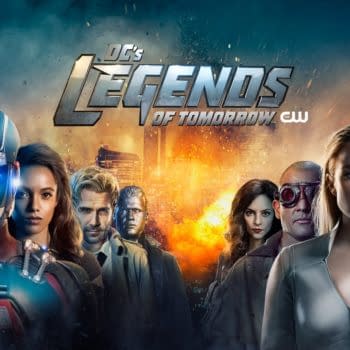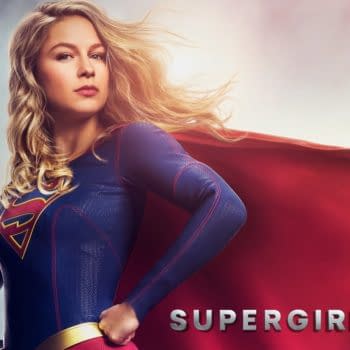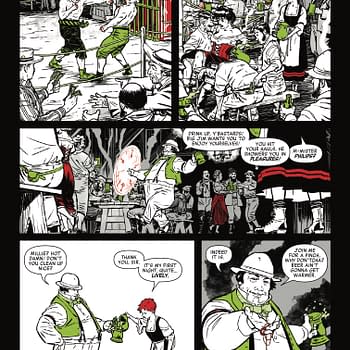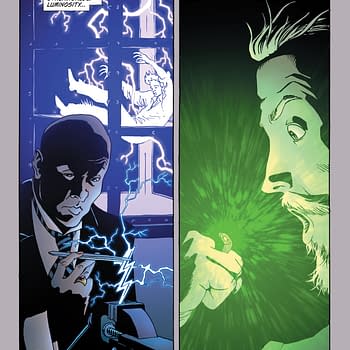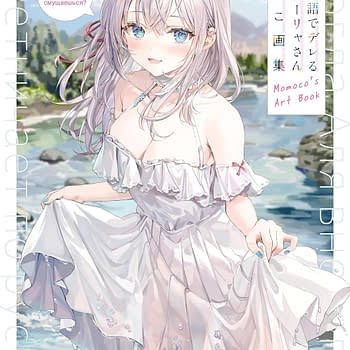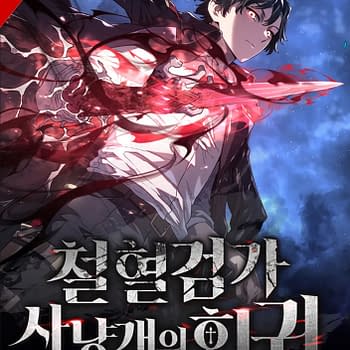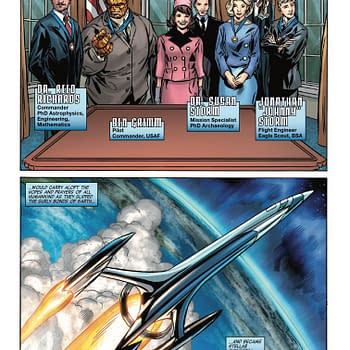Posted in: Comics | Tagged: Bart Sears, Brutes And Babes, Comics, Drawing Powerful Heroes, entertainment, Ominous Press
Learning To Draw With Bart Sears

DAN WICKLINE: What got you in to comics in the first place? When did you know you wanted to draw them?
BART SEARS: I started reading at a very early age and fell in love with heroic fiction. By the age of nine or ten, I had read Tarzan, Conan, Doc Savage and a slew of others, as well as being an avid comic book reader: DC, Marvel, Gold Key… loved it all. I had started drawing and sculpting early on, copying my older brother, Bret, and had found that I had some talent for it. At around ten years old, I stumbled on a copy of Batman #255, a super-spectacular 100 page comic. I remember reading and then studying the "Moon of the Wolf" story by Len Wein and Neal Adams (inks by Dick Giordano) and deciding right then I would draw comics when I grew up.
DW: How did you learn the craft? Did you have a teacher or were you self-taught?
BS: I was mostly self-taught. At ten I dove into comics, first tracing over images in comics that I liked, then drawing them myself, and then finally drawing my own, crude comics. I drew a lot. I was very lucky in high school, my art teacher, Richard DeAngelo, pulled me aside in tenth grade. He said he could see where I was headed art/career-wise, and he didn't think he was qualified to be the best teacher for me – he was an impressionistic sculptor – but he would do his best to give me assignments geared toward my more illustrative/storytelling bent, which he did. He introduced me to a ratty old book, Andrew Loomis' "Figure Drawing for all its Worth," and that was a goldmine! Here was a book that spoke to me…. made sense from the first image I saw, and the first word I read.
After high school I enrolled in the Joe Kubert School of Cartoon and Graphic Art in New Jersey. I completed my first year and about half of my second, before dropping out. I was sick of drawing. The sickness didn't stick though… a year-ish later I walked into Marvel with a few sample pages and landed my first job.
DW: You're work stands out from your peers for its physicality. How long did it take you to find your own, unique style and what were the things that sent you down that path?
BS: I think that "physicality" as you put it, has always been part of my 'style'. I think the heart of my style is the under-drawing; how I see and turn and pose a figure, layout a scene, tell a story… that's my style, much more so than the finish lines I use – and I've finished my work using several different styles over the years, depending on the project. The finishing line work is icing. I think the basic drawing is the cake… I think that's true of most uniquely styled artists.
DW: What made you decide to do a how-to drawing book? How does this book differ from some of the other ones on the market?

DW: Who is your target audience for the book? Is this for beginning artists or more geared towards someone trying to hone their craft?
BS: I think there is value for everyone from beginner to working pro. Some of the lessons are clearly beginner oriented, but the thought processed discussed can have use for more experienced artists as well. Some of the tutorials acknowledge a certain level of proficiency, and may have more immediate benefit to a more advanced artist. However, a newbie exposed to the process and thinking should also gain great benefit. I think writers and fans can gain something from it as well… learning how the mind of a comic artist works, how he approaches the product they either read, or ask him to draw.
DW: What is the best piece of advice you can give to someone trying to break into the industry as an artist?
BS: DRAW. Every darn day. Doesn't have to be all day, but has to be every day… whatever time you can squeeze in between school or work and sleep. Drawing comics take a commitment as deep… maybe even deeper than that of a professional athlete. And draw PAGES! Not just pin-ups or covers, but pages and pages of storytelling. Comics are sequential art. Period.
For those who are interested, please check out the Drawing Powerful Heroes: Brutes & Babes Kickstarter campaign wrapping up shortly. The book is already funded and we are rolling through a variety of Stretch Goals to make the book bigger, better and chock full of awesome! Link here— http://bit.ly/bartsears2
Here is a lesson from the book:




